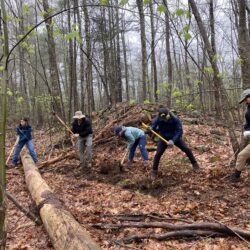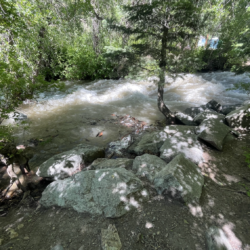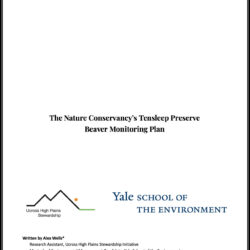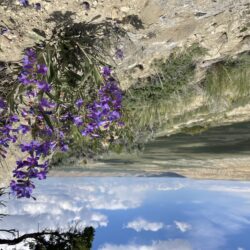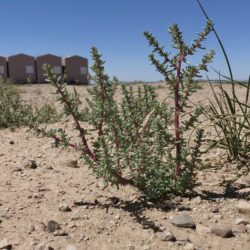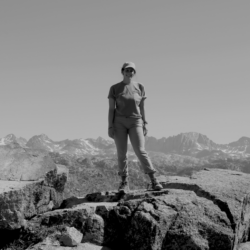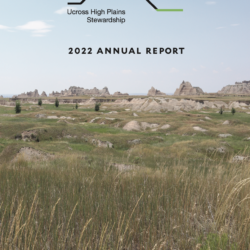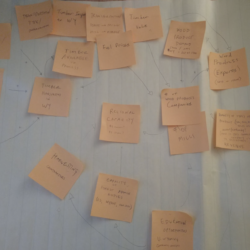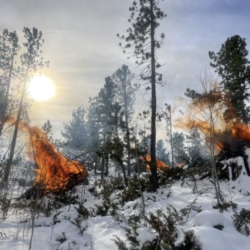Fire Training with Fire SIG – Nate McMullen
When Josie Valette and I took over as co-managers of the Fire Student Interest Group (SIG) last spring, we agreed on a goal: squeeze every drop out of the unique leadership opportunity we possibly could. The potential for educational and professional programming was limitless, and we wanted to make the most of it. So when Read more about Fire Training with Fire SIG – Nate McMullen[…]

